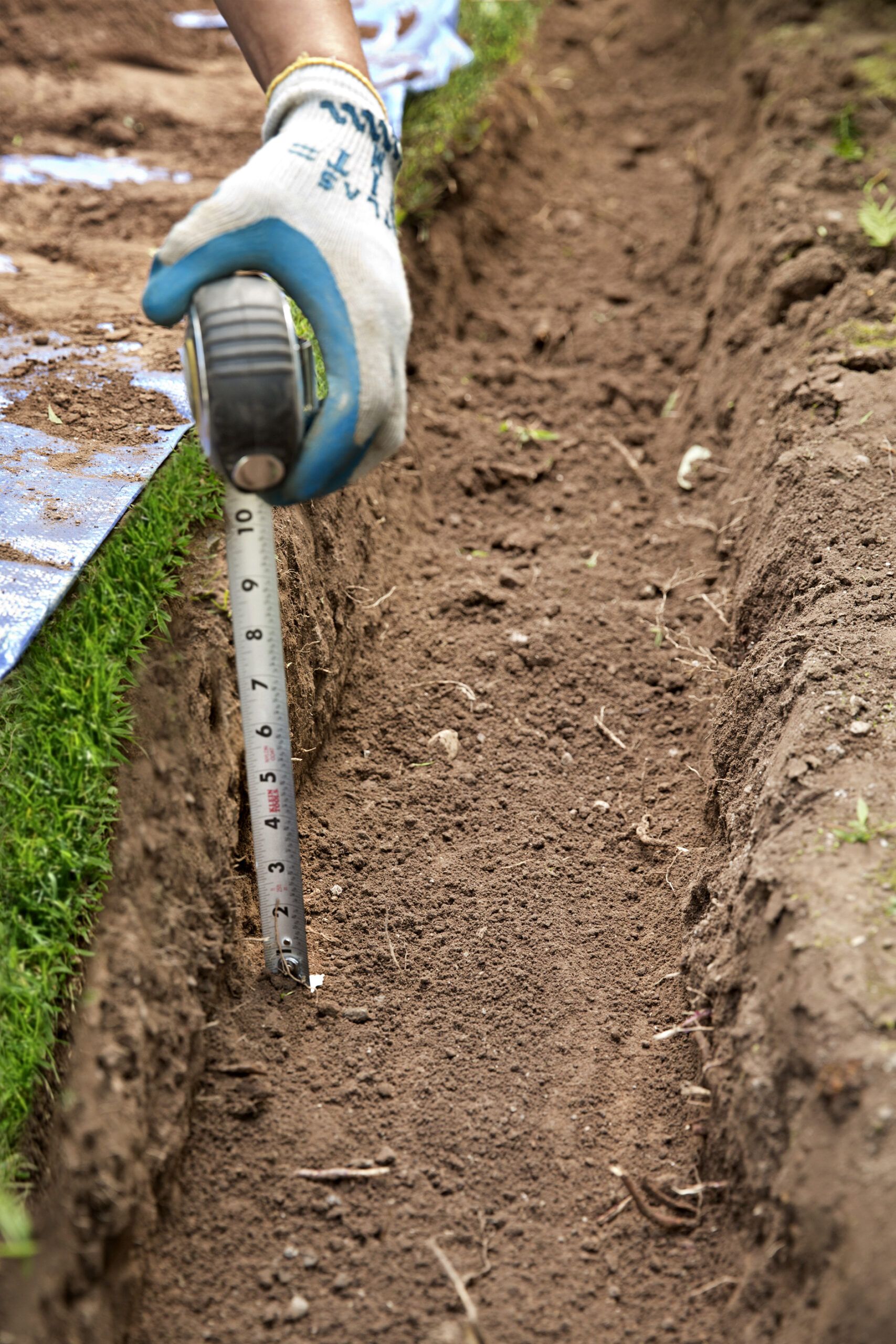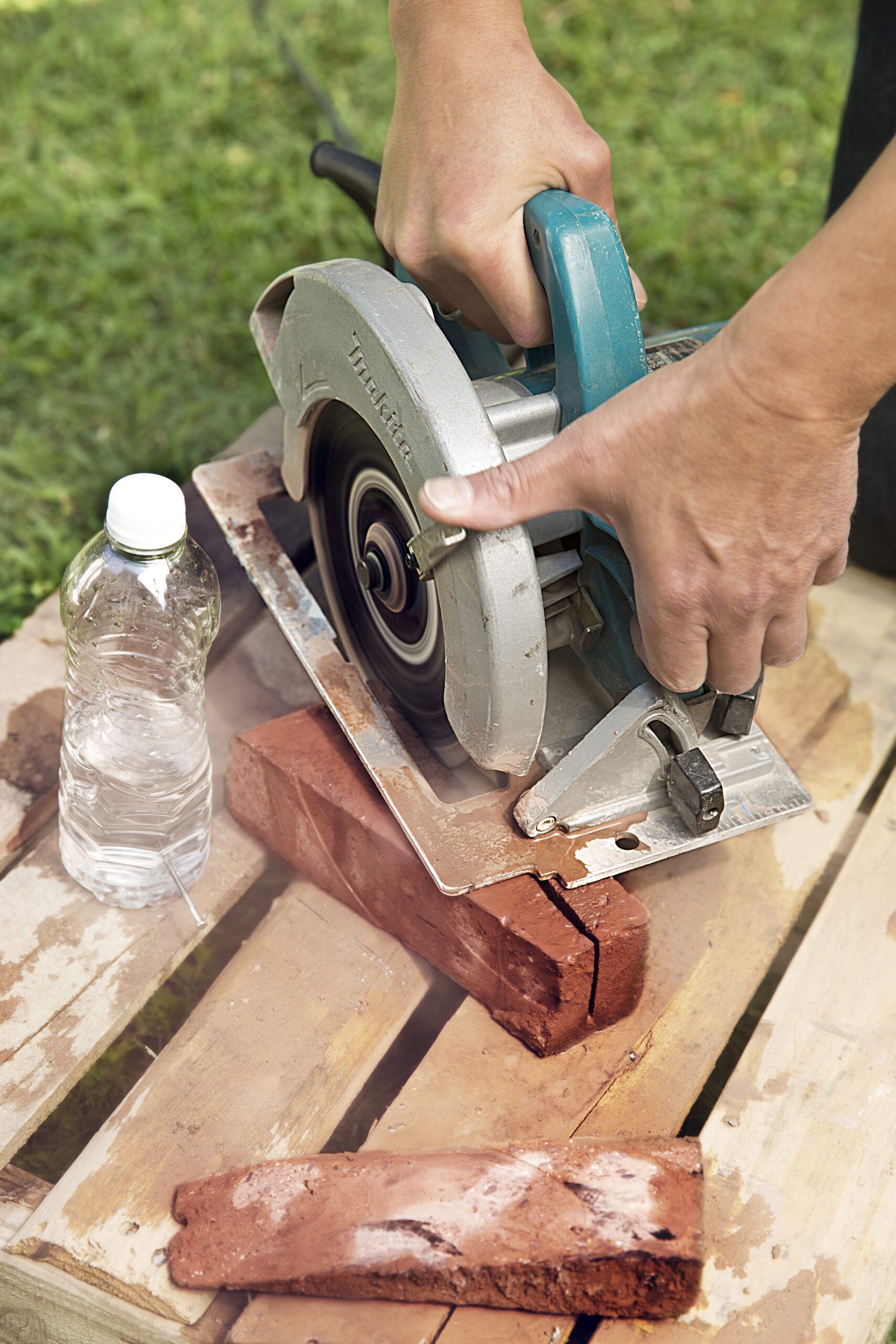Red brick has been used for a long time and can give garden beds structure and style. Putting red brick around the edges of flower beds makes a clean, clear border that looks great with flowering plants. We’ll talk about why red brick makes a great edge, give you some design ideas, and give you some installation tips in this article.
Why Use Red Brick for Flower Bed Edging
There are many benefits to using red brick as an edging material:
-
Durability – Brick is very long-lasting maintaining its shape and color for years even in extreme weather. This makes it a sound investment for your garden.
-
Affordability – Basic red brick is relatively inexpensive compared to other edging materials like stone or metal. Brick edging can fit into most gardening budgets.
-
Classic style – The traditional red brick look evokes a sense of permanence and character. It fits well with many home architecture styles too
-
Easy maintenance – Installed properly, brick edging requires little upkeep other than occasional weed removal between bricks. It won’t decay or need repainting.
-
Defined edge – Brick provides a tidy, straight border that clearly separates a garden bed from lawn or other areas. This gives your garden a neat, intentional look.
-
Customizable – Brick edging can be installed in straight lines or curves, allowing creativity in shaping your beds. Different brick patterns add further interest.
Creative Ways to Use Red Brick Edging in Garden Beds
It looks good with both formal and casual garden styles when you use red brick edging. Here are some fun ideas:
-
Curve it: Instead of harsh straight lines, use brick to make beds that are smooth and curved. The brick neatly holds the bed in place, and the shape looks natural.
-
Put some bricks on top of each other to make a raised bed look. For more depth, plant flowers that don’t grow very tall in front of it.
-
Alternate brick colors – Mixing red brick with contrasting brick colors adds visual variation. Try a checkerboard or mosaic pattern.
-
Pair with stone – Blend red brick with natural flagstone for an elegant mixed texture. The red brick edging defines, while stone within the bed provides contrast.
-
Line a path – Flank a garden path with red brick edging for structure. Choose bricks that match walkway pavers for cohesion.
-
Terraced beds – On slopes, use brick to make stairstep garden beds that help control erosion. The brick edges hold the soil in place.
-
Circle round a tree – Ringing a yard tree with red brick edging gives trunk space and a tailored look. Plant flowers around the tree within the brick.
-
Divide garden rooms – Use red brick edging to separate “rooms” like kitchen gardens or kids’ play spaces within your overall landscape.
Installing Tips for Neat and Sturdy Red Brick Edging
With proper installation, your red brick edging will stay orderly and firmly in place for many seasons. Here are some tips:
-
Excavate a trench 6-8 inches deep where you want your edging. This will stabilize the bricks.
-
Fill the trench with a gravel base, compacting it down. This improves drainage under the bricks.
-
Position bricks closely together, alternating the short and long sides for stability. Leave a 1/4 inch gap between bricks.
-
Each foot or so, place bricks perpendicular to the edging to anchor it. This prevents outward movement.
-
Tap bricks gently with a rubber mallet to level and embed them just below soil level. Keep a consistent height.
-
Use landscape adhesive between bricks for a stronger hold. Avoid mortar which can crack.
-
Fill behind bricks with soil, pack down, and water thoroughly. The bricks should stay embedded.
-
Weed barrier fabric placed under the brick can reduce weeds. Cover edging with mulch for a finished look.
Taking time to properly install your red brick edging makes a long-lasting border that neatly defines your garden beds. Just periodic weed removal and sweeping off debris will keep it looking fresh and maintained. Investing in red brick edging can give your landscape the coherent, polished look you want. Let this classic, durable material edge your gardens with style for years to come!

Check the Depth

- After you’ve dug down past the topsoil, the soil should change color.
- Find out how deep your trench needs to be. It needs to be at least 6 inches deep so that you can put down a 2- to 3-inch layer of paver base, 1 inch of stone dust, and bricks that are level with the ground.
Cut the Keystones

- Place the brick on a work surface so that the cutlines are facing up. Fit the circular saw with the segmented diamond blade. Change the blade’s depth so that it can just barely cut through the brick in one pass.
- To keep the dust down, drip water onto the brick as you cut it. To make a steady drip, poke holes in the bottom of the water bottle with the nail. Put the keystone brick that has been cut into the hole to make sure it fits.
